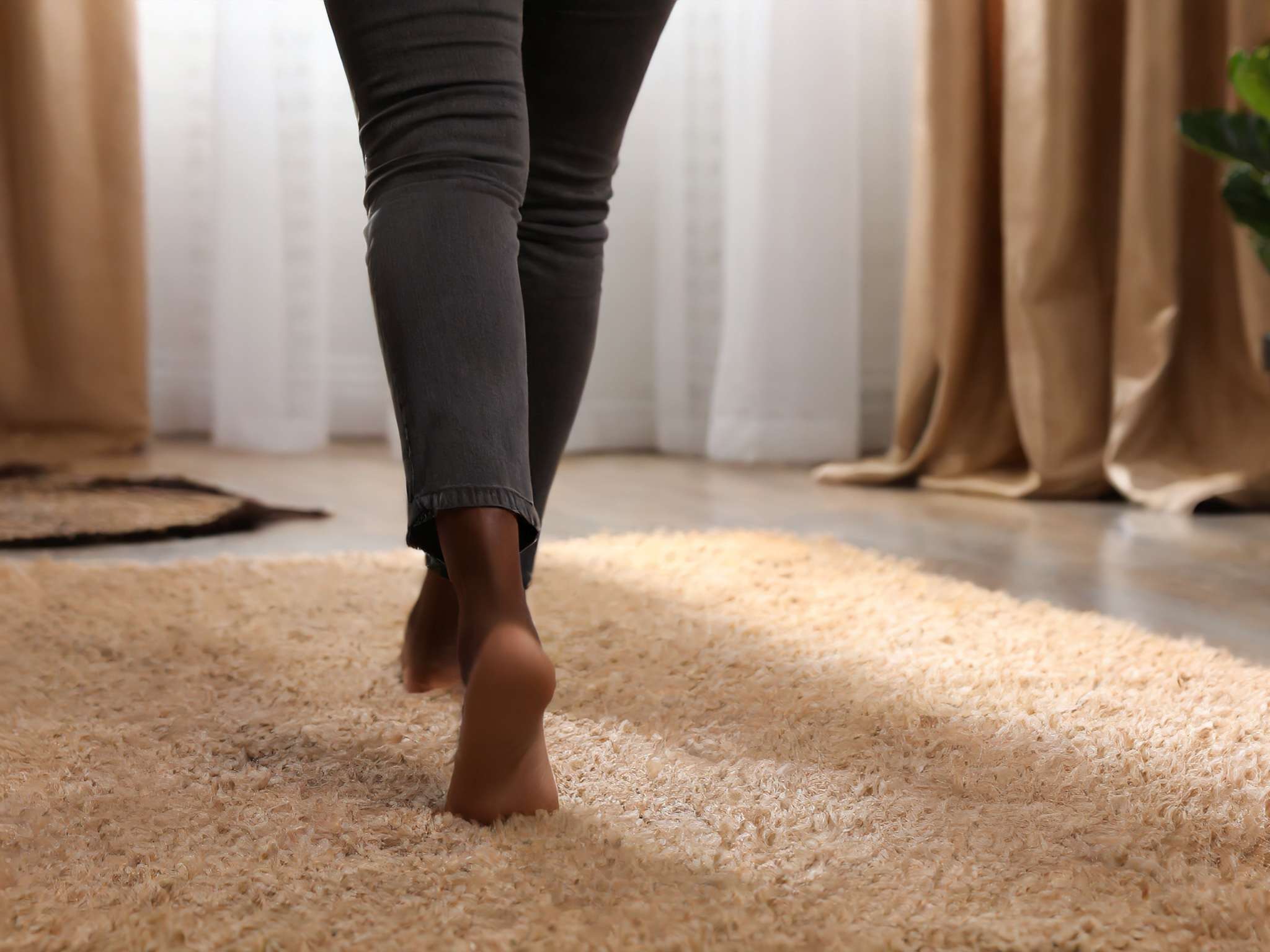Heel pain is a prevalent issue that affects countless individuals, impacting their daily activities and overall quality of life. Whether you’re an athlete, a busy professional, or someone who enjoys leisure activities, heel pain can limit your mobility and lead to significant discomfort. This blog aims to provide insights into the common causes of heel pain and effective treatment options to help you regain comfort and mobility in your feet.
Common Causes of Heel Pain
Several factors can contribute to heel pain, with some of the most common conditions including:
Plantar Fasciitis
Plantar fasciitis is the inflammation of the plantar fascia, a thick band of tissue that runs along the bottom of the foot and connects the heel bone to the toes. This condition often causes sharp pain in the heel, especially during the first steps in the morning or after prolonged sitting. Approximately 10% of people will experience plantar fasciitis at some stage in their lives.
Heel Spurs
Heel spurs are bony protrusions that form on the underside of the heel bone and are frequently linked to plantar fasciitis. They can cause pain during walking or standing, and while they are common, not everyone with heel spurs will experience symptoms.
Achilles Tendinitis
Achilles tendinitis is the inflammation of the Achilles tendon, which connects the calf muscles to the heel bone. This condition is more prevalent among athletes, particularly runners, and can result in pain and stiffness along the tendon. It often manifests as a gradual onset of pain, typically worsening with activity.
Stress Fractures
Stress fractures in the heel can occur due to overuse or repetitive impact, particularly in athletes and individuals who engage in high-impact activities. Symptoms include localized pain and swelling that worsens with activity. Studies indicate that stress fractures account for approximately 10% of all sports injuries.
Understanding Foot Anatomy and Function
To better understand heel pain, it’s crucial to know the anatomy of the foot, particularly structures relevant to heel discomfort, such as the plantar fascia and the Achilles tendon. The plantar fascia provides support to the arch of the foot, while the Achilles tendon is vital for walking, running, and jumping.
Biomechanical issues, such as flat feet or high arches, can contribute to abnormal stress on these structures, leading to pain and discomfort. Visual aids, such as diagrams, can help illustrate how foot anatomy relates to heel pain, enhancing your understanding of these complex interactions.
Diagnosis and Evaluation
Diagnosing heel pain involves a thorough evaluation process. Our expert podiatrists will typically conduct a physical examination, assessing the foot’s structure and the specific areas of pain. Imaging tests, such as X-rays or MRI, may be necessary to evaluate underlying causes like fractures or inflammation.
A precise diagnosis is essential for creating an effective treatment plan. Without identifying the root cause of heel pain, treatments may be less effective and prolong recovery.
Treatment Options
There are various treatment modalities available for managing heel pain, including:
Conservative Measures
Rest, ice application, and stretching exercises can provide immediate relief from heel pain. These conservative measures help reduce inflammation and promote healing.
Orthotic Devices
Custom orthotics and heel cups can help alleviate pressure on the plantar fascia and provide additional support. These devices are tailored to your specific foot structure, making them effective in addressing biomechanical issues.
Physical Therapy
Physical therapy involves rehabilitation exercises that strengthen the foot muscles and improve flexibility. A physical therapist can guide you through exercises tailored to your condition, helping to prevent recurrence.
Extracorporeal Shockwave Therapy (ESWT)
ESWT is an advanced treatment that uses sound waves to promote healing in the affected area. While effective for some patients, it’s important to discuss the benefits and limitations of this option with your podiatrist.
Incorporating these treatments into your daily life can be beneficial. For instance, integrating stretching routines and wearing supportive footwear can complement professional treatments and aid recovery.
Prevention and Self-Care Strategies
Preventing heel pain recurrence is essential for maintaining foot health. Here are some strategies to consider:
- Proper Footwear: Proper Footwear: Select shoes that offer sufficient arch support and cushioning. Avoid high heels and flip-flops, which can exacerbate heel pain.
- Stretching and Strengthening: Regularly perform stretching exercises for the calf muscles and plantar fascia to maintain flexibility and strength.
- Gradual Progression of Activity: Increase the intensity and duration of physical activity gradually to avoid overuse injuries.
Ongoing self-care is vital to maintaining foot health and preventing future heel pain. If you experience persistent heel pain, seeking professional evaluation and treatment is crucial.
Heel pain is a common foot ailment that can significantly impact your daily life. Understanding its causes, treatment options, and prevention strategies can empower you to take control of your foot health. If you’re struggling with heel pain, don’t hesitate to seek personalized care from our seasoned team
Schedule a consultation today to discuss your symptoms and explore tailored solutions for your heel pain. Your journey to pain-free living starts here!

